From Cooking with Flowers by Miche Bacher published by Quirk, 2013
I made Old Fashioned Lilac Jelly! Incorporating edible flowers in my home food is an ultimate pleasure each summer.
Think Lavendar Jelly. I am certain, had lilacs been as prolific in France as they are on the Alberta prairies, that Lilac Jelly would be a French staple. Canadian farming settlers didn’t bother much with edible flowers. They were in survival mode. I, however, am not. At least, most days.
The intoxicating aroma of lilacs in the Spring feeds my soul and revitalizes memories of grandma Maude’s rambling house and garden in Clive, Alberta. The twiggy bold lilac bouquet by my kitchen sink smells of sweet meadow honey in the morning. What an empyrean pleasure it was to make this jelly.
Lavendar jelly with chèvre is a classic flavour combination in France; I was thinking Lilac jelly with chèvre… but, no. This jelly is reminiscent of a golden sweet lilac scented honey: the flavour is delicate. My homemade ricotta with lilac jelly was divine. Especially sprinkled with sweetly perfumed lilac petals. The rich unctuous velvet cream encouraged the charm of the sweet delicate floral jelly. Crème Fraîche would work well, as would any milky subtle cheese.
The blossoms were hand picked and then hand picked again. It is important to separate the green bits and the brown bits from the lovely lilac petals.
Firmly packed petals in the jar on the right; firmly packed petals with green and brown bits in the jar on the left: both covered with boiling water and left to steep over night. The almost immediate transformation of colour from lilac to mud was shocking.
The petals, or “tea leaves”, were wrung until dry to expel every bit of liquid into the bowl for the jelly-to-be.
The “lilac tea” was delicious.
Needed 2.5 cups of liquid for the recipe in the book, so adjusted the ingredients… a small batch would be enough to taste.
After three minutes of a rolling boil with the pectin added, the liquid was strained as it was poured into the sterilized jars and processed for 10 minutes.
I hovered. Like a bee nosing in and out of open garden flowers, I was nosing in and out of the fridge. Finally, it was chilled enough. The lovely loose jelly hung off the spoon. Honey. Lilac honey. I squiggled with delight. Smacked my lips. Wiggled my buttooski and cheered: I like it!
The unassuming amber sweet will be familiar and unfamiliar all at once… which is part of the charm of this nouveau trésor.
The petal garnish eliminate the enigma.
The petal garnish is an essential part of the presentation.
Adding fresh petals to the jelly seemed like a good idea. Would it work?
Apparently, yes! The colour of the petals are preserved and the presentation ins gorgeous.
I neglected to mention that the “lilac tea” from the small jar that was steeped with the greens and brown bits was bitter. I wouldn’t even use an ounce of it to top up my 7 ounces of good tea to a cup. It was that bitter. I am glad I performed this revealing little test.
Thanks to Charmian Christie for the inspiration.
Lilac Flower Jelly
(Makes four 8 ounce jars; I made almost four 4 ounce jars)
Ingredients for Dandilion flower jelly, Elderflower jelly, Hibiscus jelly, Lavender jelly, and Lilac jelly (ingredients in that order)
- ¼ to 2 cups flower petals (2, 1, ½, ¼, 2) I had a tight two cups of petals; didn’t weight them
- 2-3 cups water (3, 3, 2, 3, 2 ½ ) covered them with boiling water; didn’t measure it (ended up with 7 ounces of dark brown fragrant lilac “tea” after steeping overnight)
- 1-4 tablespoons lemon or lime juice (1, 2, 4 and juice from ½ inch piece of fresh ginger, 4 , 4 ) used juice of one lemon; approximately 4 tablespoons
- 1 ½ to 4 cups sugar (2 ¼, 3, 4, 4, 3 ½ ) adjusted sugar to liquid amount: was to have 2.5 cups liquid and had 1 cup (almost) = 1.4 cups sugar
- 1 (3 ounce packet) powdered pectin
Instructions:
- Pick fresh blossoms; ensure all stems and dead bits are discarded
- Press blossoms tightly into measuring cup; transfer to jar sealable heatproof jar
- Pour boiling water over top; cover with plastic wrap immediately
- Steep overnight: the longer it steeps, the stronger the infusion (you want a strong infusion)
- Strain and press all of the liquid out of the blossoms; discard
- In 3-4 quart stainless steel pot (not aluminum) add “flower tea”, lemon or lime juice and sugar; bring to a boil
- When sugar is dissolved, add pectin and return to a full rolling boil for 3 minutes
- Skim foam; ladle jam into sterilized, dry jars (I had no foam and ladled into jars through a sieve and a funnel)
- Process in water bath for 10 minutes, or refrigerate: processed will keep one year, refrigerated will last a couple of months
Note: add 1 minute for every 1,000 feet above sea level when processing the jelly; remove jars from canner and allow to rest until cool before removing rings, wiping any drips and labeling for storage.
Other edible flower recipes:
- I sugar violets
- and lilacs.
- I add nasturtiums, chive flowers and other herb flowers to salads,
- make flower vinegars,
- vinaigrette,
- use as garnish and
- deep fried them.
- I have used flowers to coat my homemade cheeses,
- decorate homemade tarts, truffles and cupcakes.
- I have served an edible bouquet with homemade fresh cheeses.
Today, I just bought the book.
Afterwords:
It will take a bit of adjusting, however, as cooking with new ingredients do. When we started making cheese, I had no frame of reference for the process. I had no problem solving skills. Now, I do. Last night, I steeped the correct amount of very carefully hand picked lilac petals in the incorrect amount of water. Why? I had read that the longer the steep, the more intense the flavor. I boiled the water, and covered the blossoms with it. Just covered them. That made more sense to me than using 2 1/2 cups of water to steep them in. If one wants an intense elixir, the less liquid and more steeping time seems to me to be the equation for that. I gleaned 7 ounces of fragrant lilac “tea” from the steeped petals. The instructions were a bit unclear as they say, at one point to cover the petals with boiling water and for the lilac jam the amount of water was left out, completely. It was after reading many recipes that I was able to determine what that amount “should” be compared to the amounts used with the other flowers.
So, I adjusted my sugar. I expected to get two 8 ounce jars of jelly from my batch instead of 4 and I did, almost.


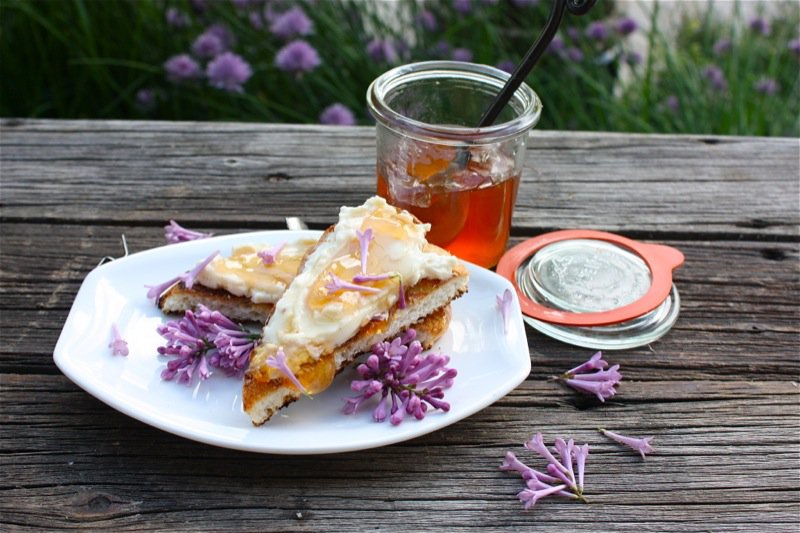






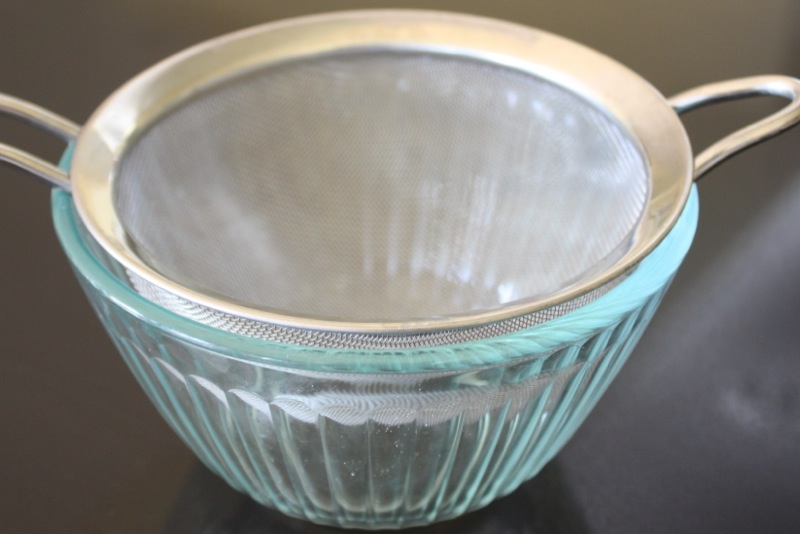




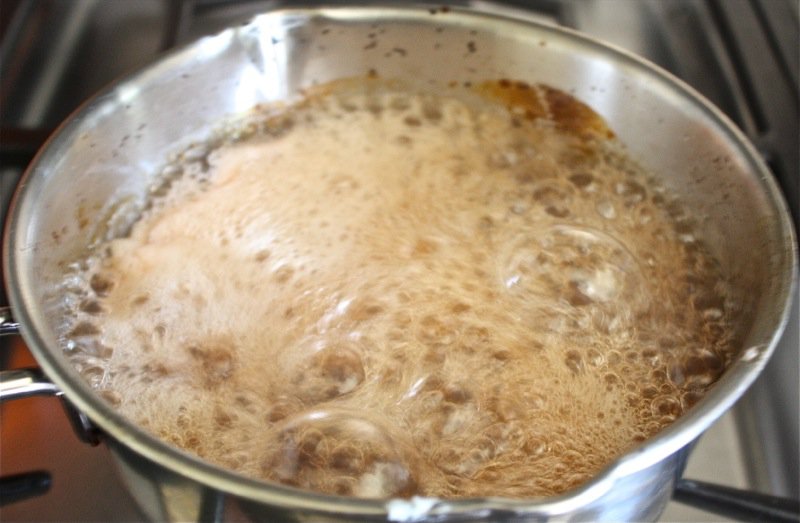





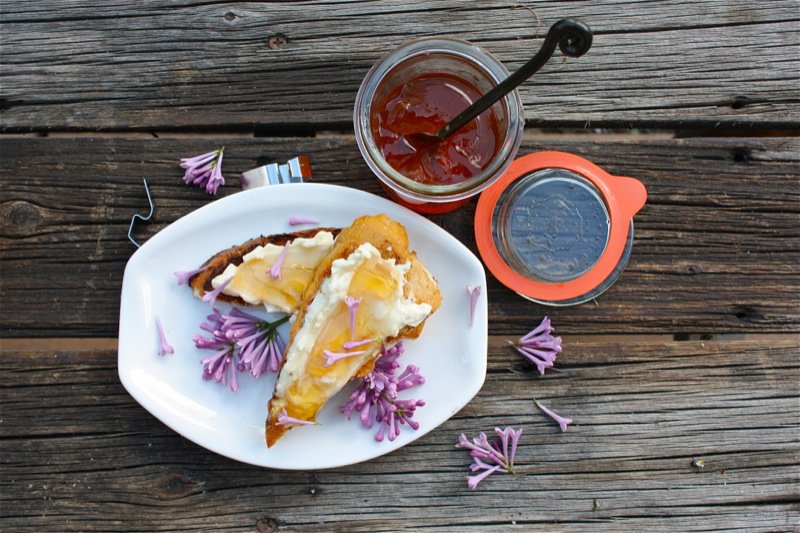

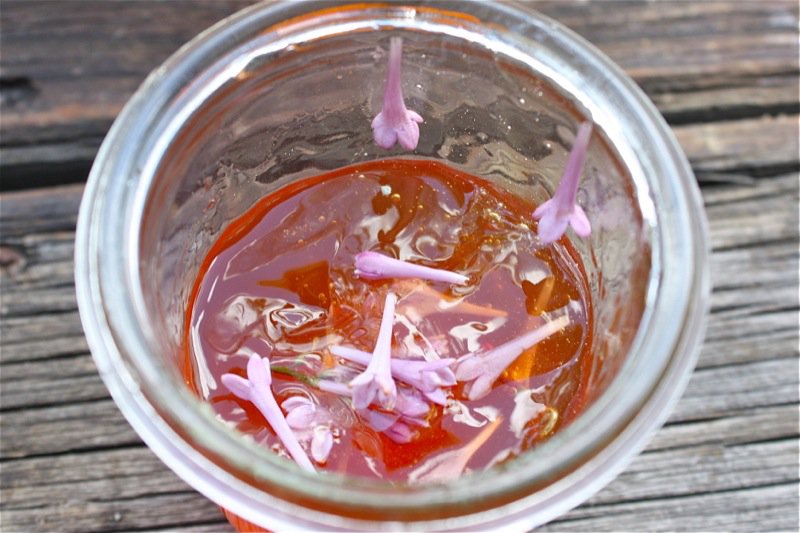

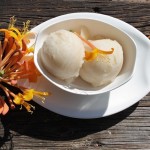

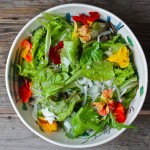
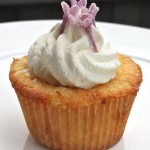
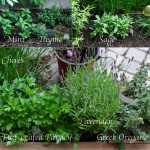
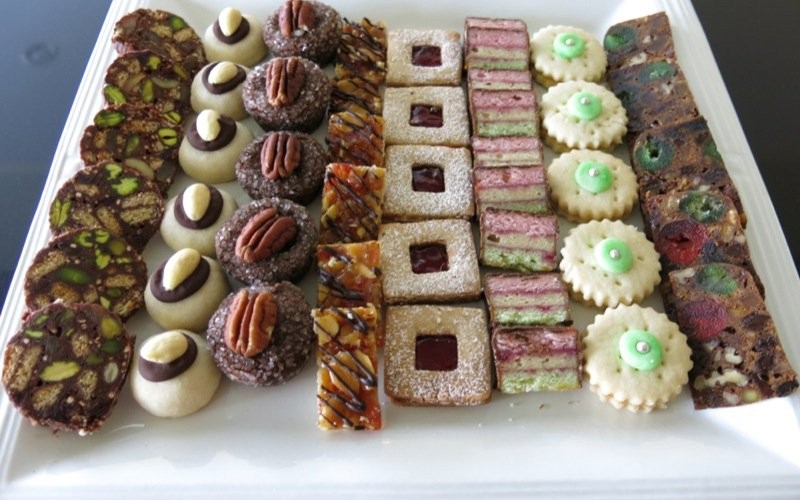



Valerie you are absolutely fantastic, this looks awesome. It still issen’t summer in the Netherlands, but with this wonderfull piece the sun shines on my screen. Thankxs for sharing this wonderfull recipe.
WOW, what a lovely compliment, Tonny! Do you grow lilacs where you live?
🙂
V
Hi! I’m new to this and was wondering if after processed they don’t have to be refridgerated? Thanks!!
That’s right, Elle,
If you process the jelly in a water bath, they just need to be stored in a dark cool environment.
Hope you enjoy the jelly! Let me know what you think!
🙂
Valerie
Valerie, I am a homebody Taurus and your posts appeal to my aesthetic nature more than you can possibly know. I love this recipe and I love the photographs and styling. You are an inspiration!
Oooo – that would be like my momsey, Lindsay!
Thank you so much! I had fun with this one.
🙂
V
How gorgeous, Valerie! Your lilacs look different to any I’ve seen here.
Seriously, Lizzy? We must exchange lilac photos! I cannot imagine a lilac any other way. I will google them now.
🙂
V
That looks fabulous – so glossy and pretty. Wish I have fresh lilac!
I’m so thrilled you made the jelly! I had no idea the blossoms would lose their colour like that but who cares as long as the taste wasn’t affected?
Lilac jelly is a new concept to me and I’m now itching to try it. We have lots of lilac bushes, so next spring I’ll have this on my culinary bucket list! I’m equally impressed that you made your own cheese. Is there nothing you can’t do?
Hahaha!
Thanks to YOU for the lilac jelly idea! New to me and thrilled to discover it. Seeing the dramatic change of colour was a surprise. Liz from Australia said that our lilacs look nothing like theirs, and I googled Aussie lilacs… and they are gorgeous. Dramatically different. Strange, eh? I wonder if the fragrance is the same.
🙂
V
Oooohh, I just love the look of those sparkling jars of lilac jelly!! It’s an amazing transformation and I never would have thought of making something so lovely from lilacs. They’re one of my favorite harbingers of spring.. this must have such a delicate flavor! I’ve pinned it to try! We have a few different lilac bushes, do you think any would work just as well?
Hi, Barbara
The more fragrant the lilac, the more flavourful the jelly. You can see the colour of lilacs my jelly was made from. There are other photos on the internet, and all are a bright or light yellow. I suspect they used more water for the steeping and that my flavour is more intense though it is still very delicate.
🙂
V
How long can you steep them for? Can I steep the lilacs for 2 days without them going bad?
Have a question about the numbers in parenthesis. In the ingredients…also reading actual amounts in ingredients were abit confusing to me…example: 1 1/2-4c. Sugar adjusted sugar to liquid amount to have 2 1/2 c. Liquid amount… ( this is from recipe for Lilac Flower Jelly…please help…would like to make and flowers are going to be gone soon. Thanks!
Hi Sharon!
This was such a fun recipe to make and so tasty with my cheeses! In the recipe, each of the flowers are in a different colour:
Dandilion flower jelly, Elderflower jelly, Hibiscus jelly, Lavender jelly, and Lilac jelly (ingredients in that order)
In the comments, I cannot add the colours. So, the ingredients in parenthesis are in the same colour as the flower – meaning, for the petals of that flower, use this amount. The sugar to liquid ratio was correct in my recipe.
I sure hope this helps!
Go nuts and let me know how it goes!
🙂
Valerie
Val, I just made this (I found your empty jar in our stash! It’ll be returned soon with a jar of jelly 🙂 ) and it smells divine. My colour is way different though (see my instagram page). I think it’s because the petals stayed submerged. Only the ones above the water line while steeping were brown.
Thank you so much for being a wealth of information. Dandelion jelly is next on my list 🙂
Deb, mine were submerged the entire time, too – send me a photo so I can add it to this post?
🙂
I cannot wait to see it!
🙂
V
Fireweed also makes a lovely jelly
Really, Katherine?
That is news to me and I will be looking to try it! What a great Canadian foraging idea!
Hugs,
Valerie
I found the lime juice overpowering. I’m going to try ascorbic acid fruit fresh to raise the acidity. I also found the sugar / juice ratio confusing. I usually make jelly and use equal amount of each.
Did you make the jelly, Margaret? Working with flowers is different with fruit regarding sugar ratios. There was not even a hint of lime in the finished product. It tasted very much like a lilac honey.
🙂
Thanks for chiming in!
Valerie